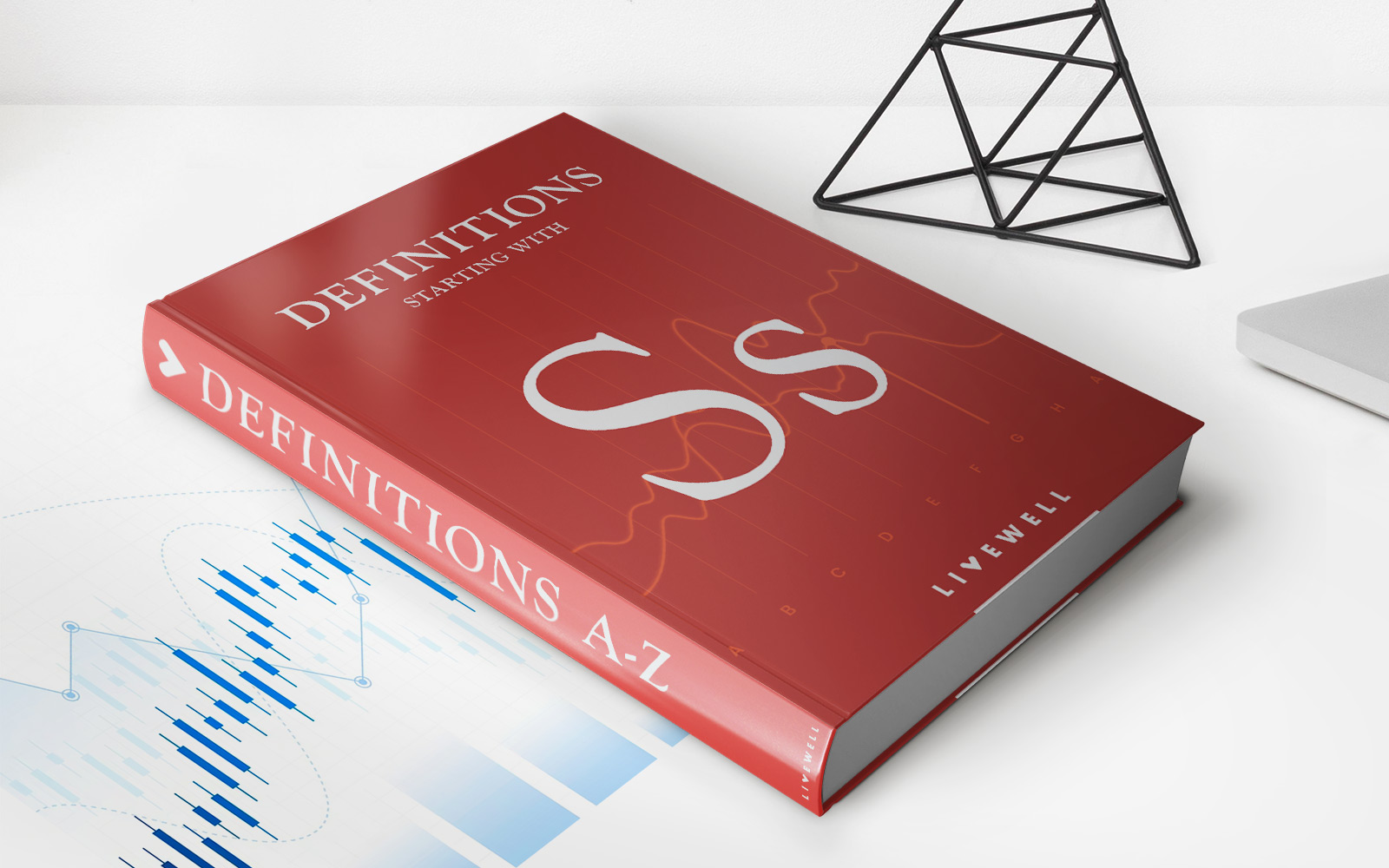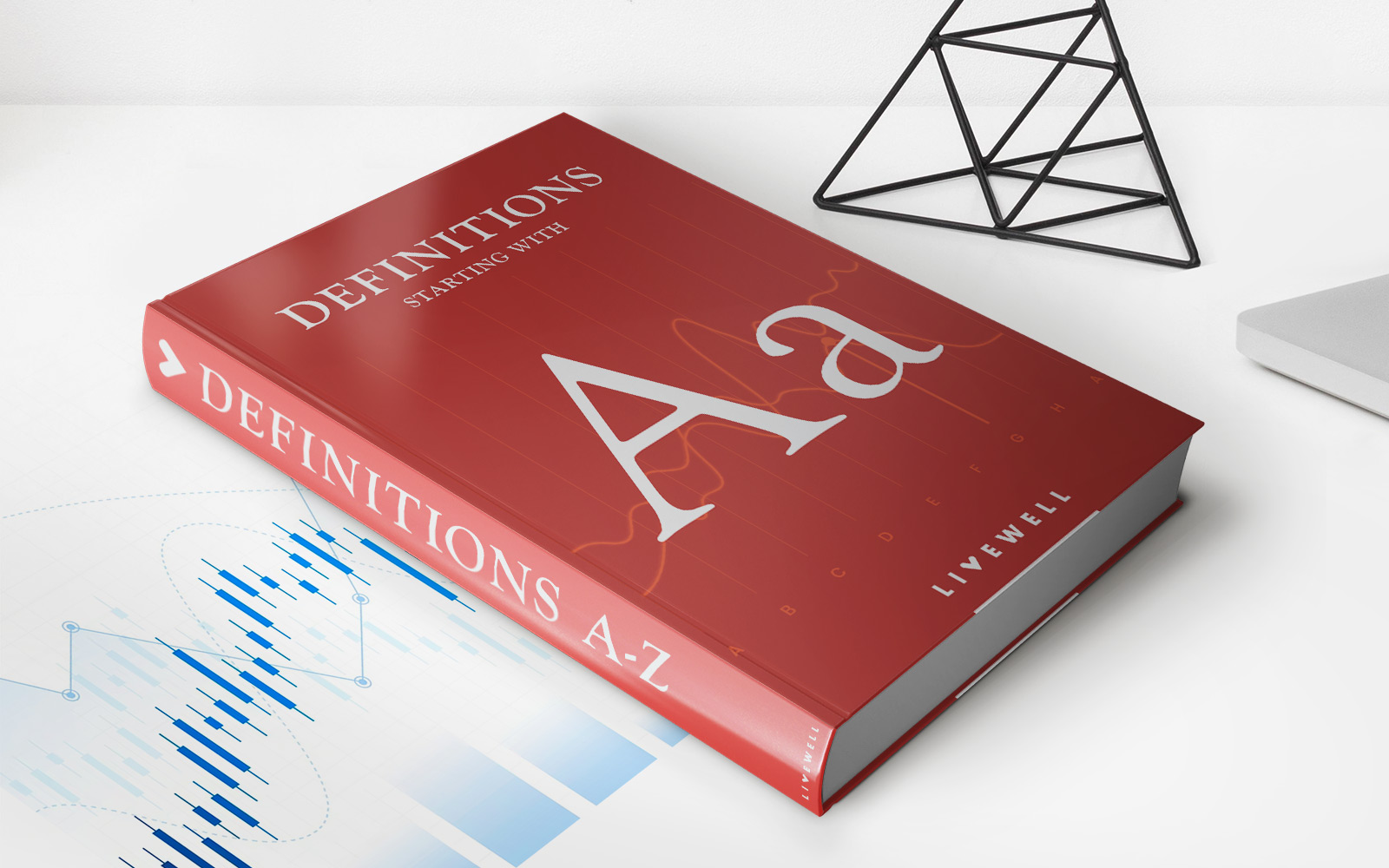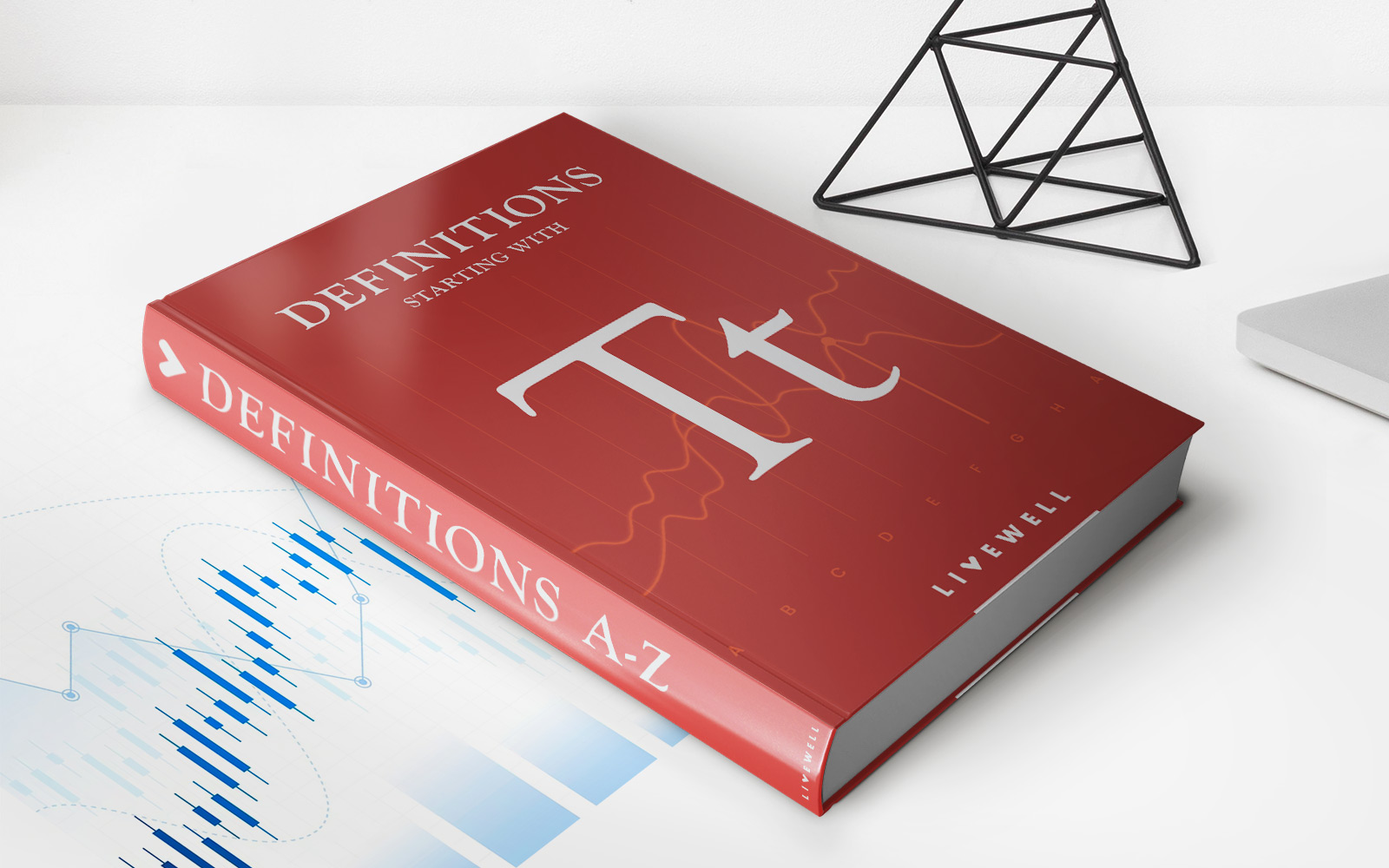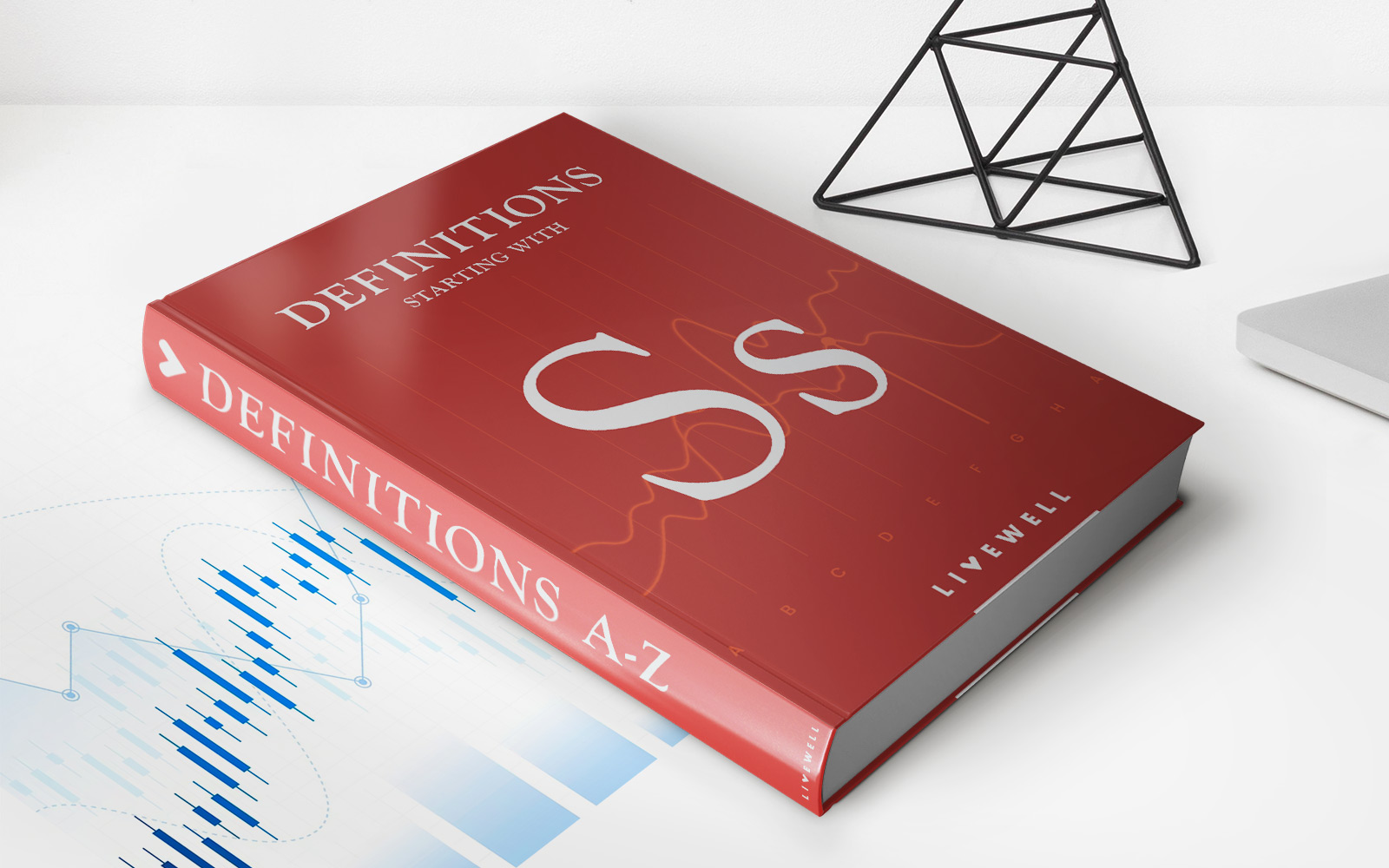

Finance
Subaccount Charge Definition
Published: February 3, 2024
Learn the definition of subaccount charge in finance and how it impacts your financial management strategies. Gain insights into the role of subaccount charges in optimizing your financial performance.
(Many of the links in this article redirect to a specific reviewed product. Your purchase of these products through affiliate links helps to generate commission for LiveWell, at no extra cost. Learn more)
Understanding Subaccount Charge Definition: A Complete Guide
When it comes to managing our personal finances, sometimes we come across unfamiliar terms that leave us scratching our heads. One such term is “subaccount charge.” But fear not, we’re here to help! In this blog post, we will delve into the world of finance and demystify the subaccount charge definition.
Key Takeaways:
- A subaccount charge is a fee imposed on a specific account within a larger account, typically in the realm of investment and retirement accounts.
- It is important to review the terms and conditions of your financial institution or service provider to understand the specific subaccount charges that may apply to you.
Now, let’s dive into the details to understand what a subaccount charge really means and how it may affect your financial situation.
What is a Subaccount Charge?
A subaccount charge refers to a fee that is imposed on a specific subaccount within a larger account, such as an investment or retirement account. In simple terms, it is an additional cost associated with a subaccount that is separate from the main account.
Subaccounts are often created to provide more flexibility and customization for account holders. For example, within a retirement account, you may have separate subaccounts for different types of investments, such as stocks, bonds, or mutual funds. Each subaccount may have its own fee structure, including subaccount charges.
Understanding the subaccount charge definition is crucial because it helps you analyze the costs associated with different subaccounts and make informed decisions about your investments.
Why Do Subaccount Charges Exist?
The existence of subaccount charges can be attributed to the additional administrative and operational costs incurred by financial institutions or service providers when managing subaccounts. These charges help cover the expenses associated with offering diverse investment options within a single account.
Subaccount charges can vary depending on the financial institution or service provider, and they may be structured in different ways. Some common types of subaccount charges include:
- Management fees: These are charges assessed by the financial institution for overseeing and managing your subaccounts.
- Transaction fees: These fees are levied for each buying or selling transaction that occurs within a subaccount.
- Account maintenance fees: These charges cover the ongoing maintenance of your subaccounts, including record-keeping and reporting.
- Performance-based fees: In some cases, financial institutions may charge a fee based on the performance of your subaccounts.
It’s important to note that not all subaccounts will have the same fee structure, and the specific charges can vary widely. Therefore, it is advisable to carefully review the terms and conditions provided by your financial institution or service provider to gain a clear understanding of the subaccount charges that may apply to your specific account.
Conclusion
While understanding financial terms can sometimes feel like navigating a maze, demystifying concepts like subaccount charges is vital for making informed decisions about our personal finances. Remember, a subaccount charge refers to a fee imposed on a specific subaccount within a larger account, typically in the realm of investment and retirement accounts. By doing your due diligence and carefully reviewing the terms and conditions provided by your financial institution, you can have a clearer understanding of the subaccount charges that may apply to your account and confidently navigate the world of finance.














